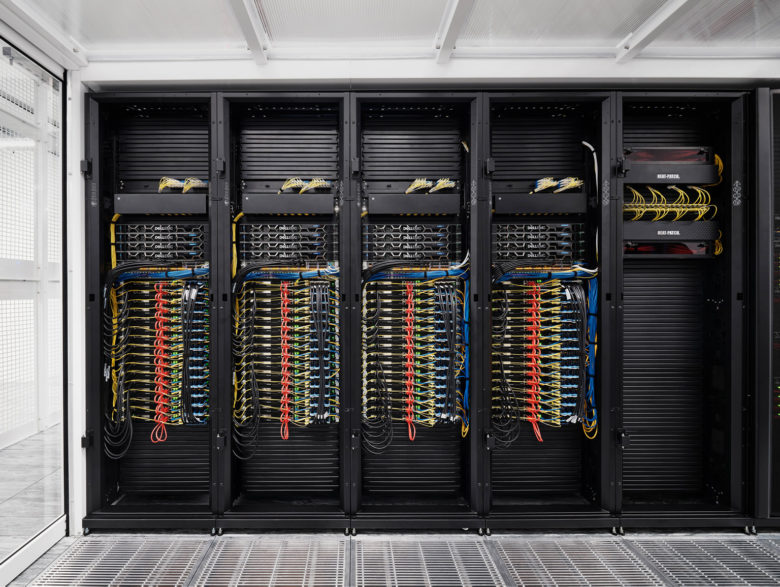Graphcore: British chip unicorn builds supercomputer designed to outperform human brain

In 1965, the British Jack Good first described a machine that exceeded the capacity of the human brain in his scientific work “Speculations Concerning the First Ultra-Intelligent Machine. Almost 60 years later, the British chip unicorn Graphcore announced that it wants to bring exactly such a supercomputer onto the market in 2024. Inspired by the ideas of Jack Good, it will be called “The Good Computer” and should be able to process more individual parameters than our brains.
“Our brain is an incredibly complex computing device with around 100 billion neurons and more than 100 trillion parameters in a biological-neural network system that achieves computing power that has never been achieved by any silicon computer,” Graphcore says.
The Good Computer is said to be able to outperform the human brain with a performance of 10 exa-flops, up to 4 petabytes of memory and a bandwidth of 10 petabytes/second. The AI computer should then create 500 trillion parameters – five times the ability of human brain. The estimated costs of the super calculator: $120 million.
New IPUs shared with TSMC
As reported several times, Graphcore is one of the most important chip producers in Europe. The British unicorn, founded by Nigel Toon and Simon Knowles in Bristol in 2016, is considered one of the main challengers to US chip giant Nvidia in the field of AI chips. Graphcore has specialized in so-called IPUs (Intelligent Processing Units), which are designed to be able to run AI applications. And these IPUs will also be the building blocks of the Good Computer. 8,192 IPUs connected together should provide the computing power.
Graphcore is also bringing new IPUs onto the market, which go by the name “Bow” and promise 40% higher performance with 16% better power efficiency than their predecessor models – at the same prices. According to the company, these are also the world’s first 3D wafer-on-wafer processors. In order to implement this, the British unicorn is working closely with the Taiwanese chip producer TSMC.
In general, Grahcore IPUs are already being used by many universities and research institutes around the world. The new bow chips are now also to be developed by the Pacific Northwest National Laboratory (PNNL), which is based in the US Department of Energy. The aim is to use the AI chips in the field of cybersecurity and computer-aided chemistry.

Cost point: $120 million
But back to the super computer. For the Good Computer, more than 8,000 of these IPUs are to be connected together to achieve the computing power. For comparison: Today’s leading supercomputers, such as those found in Japan, the USA or China, operate in the range of a few hundred peta-flops. In addition, there is said to be a computer in China that creates an exa-flop. The 10 exa-flops Graphcore wants to create are a level above.
“This computer is said to cost $120 million, but that’s less than many other supercomputers today,” Graphcore founders Nigel Toon and Simon Knowles tell Trending Topics.
It will not become a high-precision computer, but rather go in the direction of probabilistic computing. You would no longer write specific software, but methods for how the computer should deal with a problem, and the computer would then translate that into code itself. So far, you need your own systems for speech recognition and image recognition, but the vision is that the Good Computer should be able to learn from speech and image at the same time. For example, the supercomputer should be able to calculate how proteins fold – something that today’s computers cannot do.
In the Good Computer, the Graphcore founders see something like a democratization of super computing. “The largest supercomputers are funded by governments. The Good Computer will enable companies and universities to work with AI because it is a product for the market.”





























